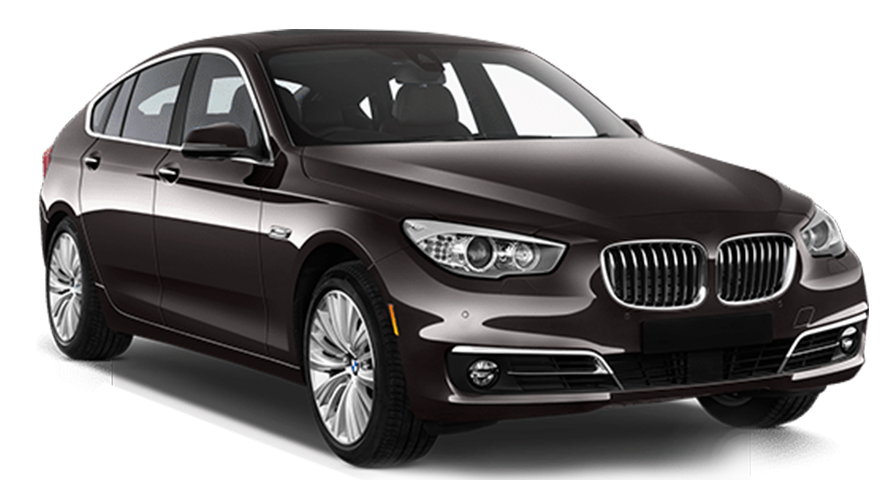Cambodia's Regulatory Framework for Importing Used Cars from China
The Kingdom of Cambodia’s economy is growing and its middle class expanding, these factors have led to an increase in the demand for cars. China's used automobiles are now an important feature in the Cambodian auto market because of their affordability and persistence in availability. This article offers detailed review of Cambodian regulations on import of second-hand cars from China, which encompasses importation protocol, taxation and other procedural documents.

Overview of Cambodia’s Automotive Market
Cambodia’s car industry is experiencing a period of strong growth due to high GDP growth rate and rising numbers of people who can afford cars. As of 2023, the country’s GDP stands at about 33.21 billion dollars with approximately 1917 dollars per capita income. With 1.9 million cars being operated across its territory and roughly importing not less than 60 thousands which are 90% use cars annually, these factors show that Cambodia could be one lucrative opportunity for business to Chinese exporters.
Importation Policies for Used Cars from China
In order to prevent environment pollution and ensure road safety, there are various importation rules for cars in Cambodia:
• All vehicles used in Cambodia must be left-hand drive while right-hand drive ones face import restrictions.
• The importation of used cars made before 2000 are discouraged due to a stricter annual inspections requirement.
• Emission standards for vehicle inspection are set to meet at least Euro II norms.
Taxation Policy for Used Car Imports
Cambodia taxes imported used cars in order to control inflow of vehicles and generate public revenues through a multi-tiered taxation system. Here are the specifics:
Customs Duty: The standard customs duty rate applied to used cars is 35%.
Special Tax: Special taxes on vehicles depend on recent changes made by the Cambodian government to stimulate the automotive market and engine size as follows:
• The rate for special tax on cars with engine displacement up to 3000cc has been reduced from 30% to 20% or 60% to 50%.
• For engines over 3000 cc, it is decreased by 15% while specific decreases ranged between 65% and 50% or 70% and 55%.
Value Added Tax (VAT): All used car imports are uniformly subjected to a value added tax of 10%.
Calculation Method: Import duty tax is calculated based on vehicle’s CIF (Cost, Insurance and Freight) value using the formula: Import Tax = CIF Value × (Customs Duty Rate + Special Tax Rate + VAT Rate).
Electric Vehicle Incentives: All pure electric vehicles for household and passenger transport will qualify for a reduction in their specific duty rate from 30% to 10%.
Additional Vehicle Categories: There are also special tax reductions for semi-trailers, heavy trucks over 5 tons, and special purpose vehicles like cranes and dump trucks, with rates reduced from 40% to 25% or 30%.
Documentation Required for Used Car Imports
A strict collection of papers is obligatory in the importation process to make sure that it is fair and legal:
• An automotive import permit that outlines the specifications and reasons for importing the car has to be given.
• The original bill of loading should contain such details as VIN, engine number, displacement, production date, brand and model.
• For tax purposes it is necessary to have import and export customs declaration form.
• Tax can only be accurately assessed when there is a declaration of the Indicative Value (IV) price.
• Sometimes origin certificate is needed to ascertain that the country the car was made from is true.
Market Dynamics and Electric Vehicle Outlook
However, there has been a change due to the introduction of electric vehicles (EVs), before we go further let us have a look at some facts:
• So far, (by) November 2023 Cambodia, it is estimated to have nearly eight hundred EVs on its roads and leading brands like BYD and Tesla.
• Chinese EV exporters would do well to note that there are new opportunities for them to explore as far as the government’s incentives for EV adoption signal a move from one type of mobility pattern towards another sustainable one.
Summary: Cambodia’s regulatory framework for importing used cars from China brings together realistic market factors and long term planning. These rules are shaping the future of automotive industry in Cambodia by focusing on safety, environmental protection and market accessibility. To take advantage of the rising demand for used cars in Cambodia as the market grows up and matures towards sustainable mobility, it is important for Chinese exporters to understand this legislation.
Please note that used car import tax rates and policies may change over time or be adjusted according to the latest regulations from the government. Therefore, it is advisable to confirm the most current tax information with relevant tax and customs authorities before importing.

 EN
EN